Descripción
Refrigeration Air Conditioning and Heat Pumps, en su quinta edición, proporciona una introducción completa a los principios y la práctica de la refrigeración. Clara y completa, es adecuada tanto para ingenieros de HVAC en formación como profesionales, con un enfoque directo que también ayuda a los lectores sin experiencia a obtener una introducción completa a los fundamentos de la tecnología. Con su estilo conciso y amplio alcance, el libro cubre la mayoría de los equipos y aplicaciones que encontrarán los profesionales. La simplicidad de las descripciones ayuda a los usuarios a comprender, especificar, poner en marcha, usar y mantener estos sistemas.
Es un texto imprescindible para cualquier persona que necesite información completa y fundamental sobre refrigeración y aire acondicionado, pero sin la pedagogía de un libro de texto. Incluye tecnicismos detallados o información específica del producto. El material nuevo de esta edición incluye los últimos desarrollos en refrigerantes y lubricantes, junto con información actualizada sobre compresores, intercambiadores de calor, enfriadores de líquidos, válvulas de expansión electrónicas, controles y almacenamiento en frío. Además, también se incluyen la eficiencia, el impacto ambiental, los sistemas divididos, la refrigeración minorista (sistemas de supermercados y cámaras frigoríficas), los sistemas industriales, los ventiladores, la infiltración de aire y el ruido.
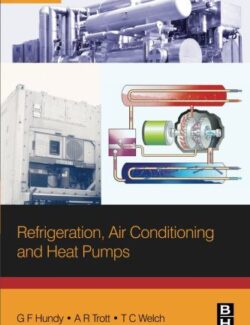
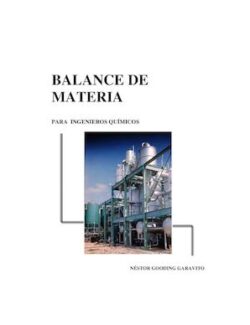
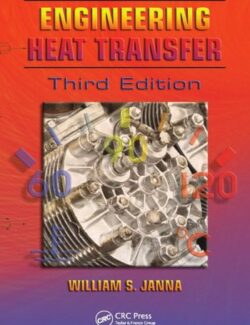




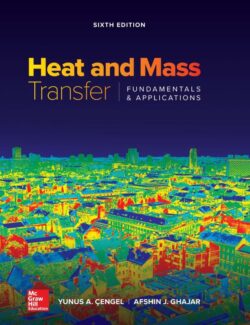
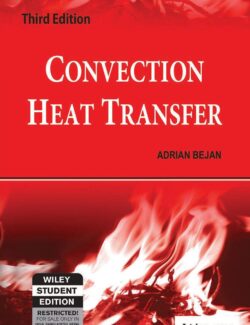
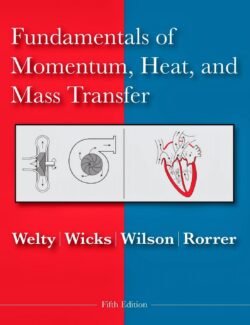
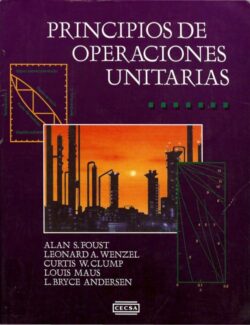
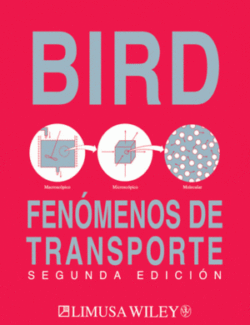
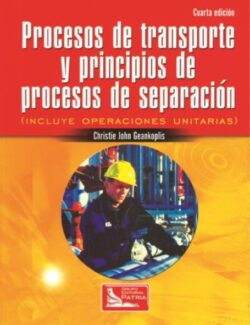
Déjanos un comentario
No hay comentarios